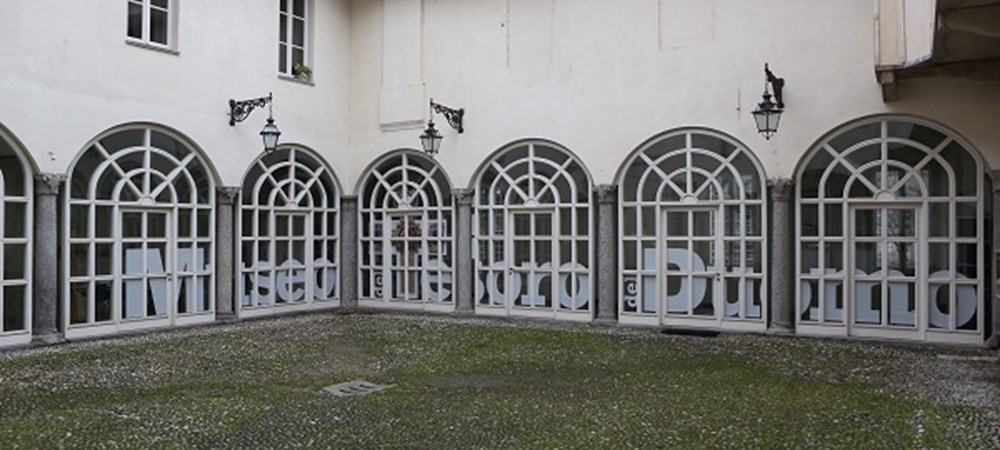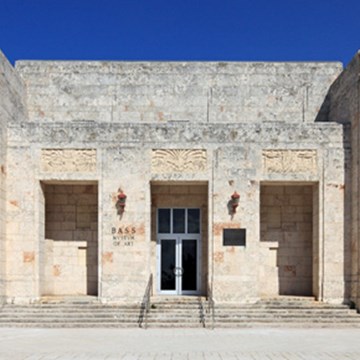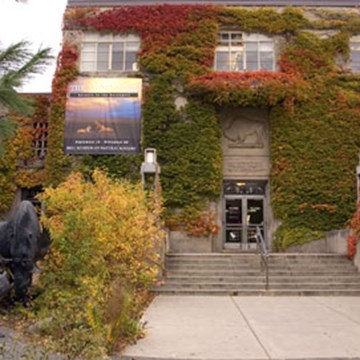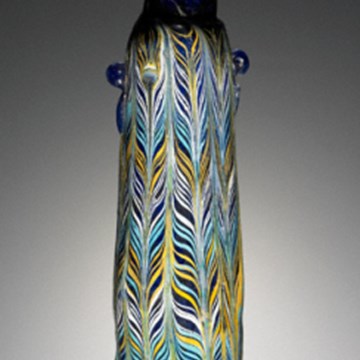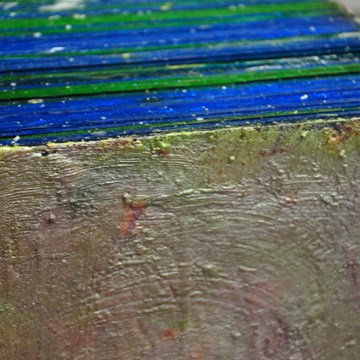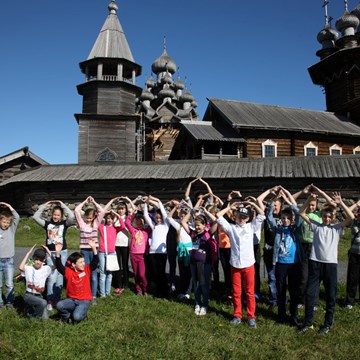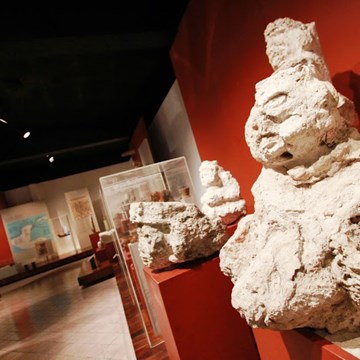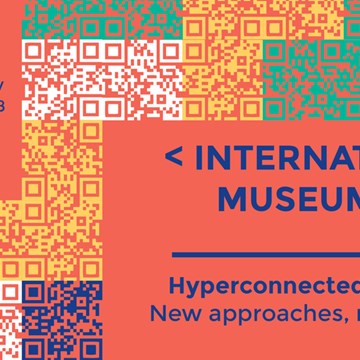Museo del Tesoro del Duomo
The Fondazione Museo del Tesoro del Duomo e Archivio Capitolare of Vercelli was established in 2005 with the specific purpose to preserve, protect and valorize the great heritage of the Cathedral Chapter.Since its establishment, the Foundation has been involved in national and international research projects, exhibitions, educational discussions and activities aimed at promoting the area.
The Foundation manages the Capitulary Library and Archive and the Museum of the Cathedral Treasure.
The Capitulary Library and Archives reflect the importance the diocese of Vercelli has represented both in the Middle Ages and in the modern age, as testified by a bibliographic and archivistic patrimony formed by around 260 manuscripts (probably dated from the 4th to the 15th century), parchments, archivistic documents and early printed books. The earliest preserved manuscript is the Codex Vercellensis Evangeliorum, a 4th century manuscript attributed to St. Eusebius, together with other important books and documents produced for the Eusebian schola in the local scriptorium. The importance of the Vercelli diocese since the early-Middle Ages centuries is deducible from the presence of some treasures coming from Italian and foreign scriptoria: the manuscript containing the Legeses langobardorum (8th century), the Vercelli Book (10th) century and the parchments dated back to the second half of the 13th century, as the World Map or the Ecclesiae roll.
The Museum of the Cathedral Treasure keeps important objects coming from the Cathedral of St. Eusebius, which has been enriching during the centuries in furnishings, reliquaries and manufactures of inestimable value. The exhibition opens with the original infilling of the Ottonian Cross and the textile fragments found in it, used in the past to fill the holes of the structure and reassembled today in the altar-cloth of German manufacture dated back to the 13th-14th century. Besides the reliquaries as a whole represent one of the most important collections in Northern Italy: they are exceptional repositories in gold, silver, ivory, precious stones, enamels and other materials, attributable to a chronological period between the 7th century and the modern age. In addition to these valuable reliquaries, there are the liturgical furnishings, functional to the celebrations and evidence of the religion-based technical and figurative culture of that moment, which pays attention anyway to the new artistic trends of the period they have been produced in.Exhibitions and events
We don't have anything to show you here.
Educational programs
We don't have anything to show you here.
Collections
We don't have anything to show you here.




